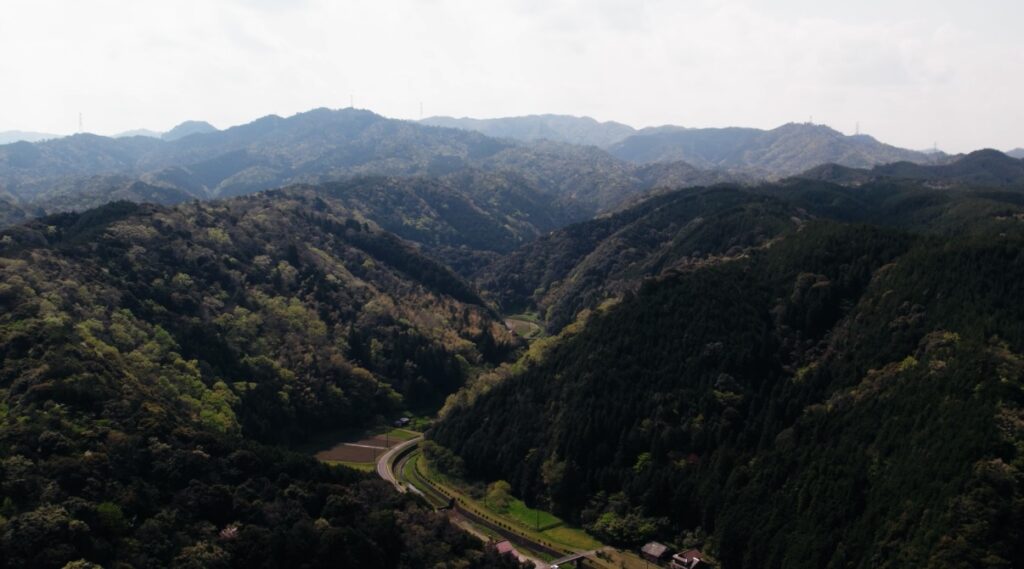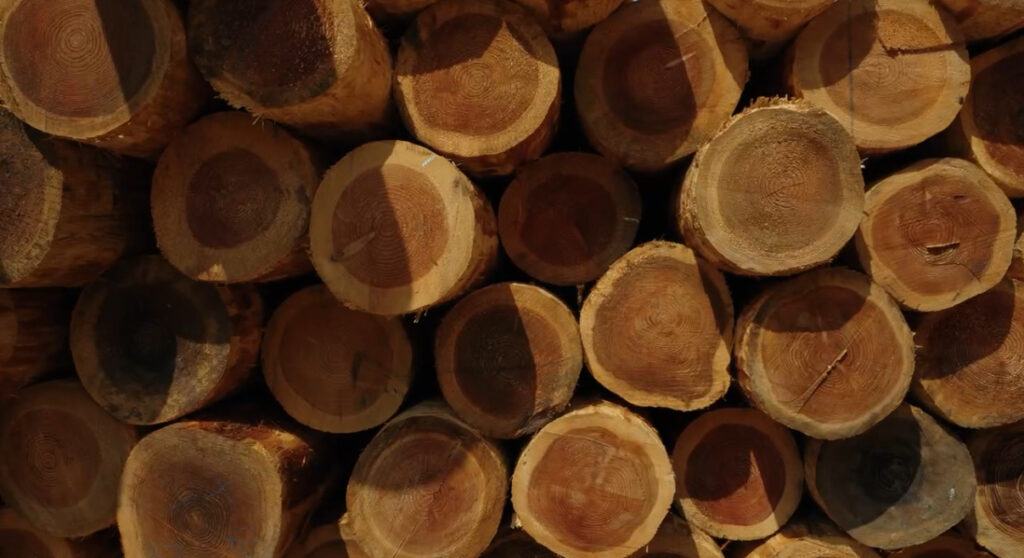A Timeless and Sustainable Building Material
In an era where sustainability is no longer an option but a necessity, architects, designers, and homeowners are seeking building materials that align with environmental responsibility. Among the many options available, Yakisugi—also known as Shou Sugi Ban—stands out as a time-honored Japanese technique that enhances wood’s durability while minimizing its environmental impact. This traditional method of charring cedar wood not only preserves its natural beauty but also contributes to sustainable building practices by reducing reliance on chemical treatments, extending lifespan, and lowering long-term maintenance needs.
As the world shifts towards eco-friendly construction, Yakisugi is gaining traction as a sustainable alternative to conventional siding materials. But what makes it so environmentally responsible? Let’s explore its sustainability, durability, and overall benefits for green building.
The Sustainability of Cedar and the Yakisugi Process
Cedar: A Naturally Sustainable Resource
Cedar, particularly Japanese Cedar (Cryptomeria japonica), is one of the most sustainable building materials available. Its rapid growth rate and natural resistance to decay and pests make it an environmentally responsible choice. Unlike hardwoods that take decades or even centuries to mature, cedar can be harvested and replenished efficiently, ensuring a continuous supply with minimal ecological disruption.
The Yakisugi Process: A Natural Preservation Method
The Yakisugi technique—originating centuries ago in Japan—involves charring the surface of cedar wood, then cooling and brushing it to enhance its texture and durability. Unlike chemically treated wood, which relies on synthetic preservatives that can leach into the environment, Yakisugi achieves natural preservation through a simple yet effective burning process.
This low-energy treatment has several sustainability advantages:
• Eliminates the need for chemical preservatives such as VOC-based stains, paints, or sealants.
• Increases wood’s resistance to pests and fungi without synthetic additives.
• Enhances fire resistance, reducing the need for additional flame-retardant coatings.
• Extends wood’s lifespan, minimizing the environmental impact of frequent replacements.
By choosing Yakisugi-treated cedar, builders and homeowners reduce their reliance on chemically treated materials that contribute to environmental pollution.
Environmental Impact: Traditional vs. Yakisugi Cedar Wood Siding
When comparing traditional wood siding to Yakisugi, the environmental benefits become even more evident.
Conventional Siding Materials: Hidden Environmental Costs
Traditional wood siding, especially in Western markets, often undergoes chemical pressure treatments or requires frequent painting and staining to prevent decay. Additionally, other common siding materials like vinyl and fiber cement have significant drawbacks:
• Vinyl siding is derived from petroleum-based plastics, contributing to carbon emissions and microplastic pollution.
• Fiber cement siding requires intensive energy production and contains silica dust, posing health risks during installation.
• Treated wood products often contain chemical preservatives like creosote, arsenic, or copper-based compounds, which can leach into the soil over time.
Yakisugi: A Low-Impact, High-Performance Alternative
In contrast, Yakisugi-treated cedar is a completely natural product that avoids these environmental hazards. When sustainably harvested, it has:
• A lower carbon footprint compared to energy-intensive materials like fiber cement or plastic-based siding.
• Minimal waste, as Yakisugi production requires no synthetic coatings.
• Biodegradability, meaning at the end of its lifespan, it decomposes naturally without releasing toxins into the environment.
Moreover, since Yakisugi-treated wood lasts decades—often over 80 years with minimal maintenance—its replacement cycle is much longer than traditional siding, further reducing environmental impact.

Long-Term Benefits: Durability, Low Maintenance, and Reduced Waste
Extreme Durability with Minimal Maintenance
One of the greatest advantages of Yakisugi is its exceptional durability. The charring process makes the wood more resistant to moisture, UV damage, insects, and rot. Unlike traditional painted or stained wood siding that requires constant upkeep, Yakisugi offers:
• Reduced maintenance costs—No need for frequent repainting or resealing.
• Weather resistance—Withstands extreme climates, from humid coastal areas to arid desert conditions.
• Lower material waste—Since it lasts decades, fewer materials are discarded and replaced over time.
For builders focused on sustainable architecture, this means lower lifecycle costs, less maintenance-related waste, and fewer resources spent on replacements.
Aesthetic Appeal Without Environmental Harm
Beyond its functionality, Yakisugi has a distinctive aesthetic that enhances modern and traditional architecture alike. Unlike synthetic sidings that mimic wood grain through plastic molds, Yakisugi celebrates the authenticity of natural materials. It offers:
• Deep, rich textures that evolve beautifully over time.
• A chemical-free alternative to synthetic wood finishes.
• Customizable looks, from heavily charred finishes (Sumi) to lighter, more textured variations.
By embracing natural aging, Yakisugi eliminates the need for harsh stripping agents, sandblasting, or chemical stains—all of which contribute to pollution.
What Experts and Builders Say: Sustainable Projects with Yakisugi
Sustainable architecture firms and eco-conscious builders have been increasingly incorporating Yakisugi siding into their projects. Testimonials from industry professionals highlight its advantages:
John B., A. Architect (Oregon, USA):
“We switched to Yakisugi for several of our eco-homes due to its low-maintenance nature. Clients love the rich texture, and from a sustainability perspective, it’s a win-win. No chemical treatments, no frequent repainting, and a lifespan that rivals synthetic alternatives.”
Rebecca M., Eco-Homeowner (British Columbia, Canada):
“Our Yakisugi-clad home has endured extreme weather, from heavy snowfall to summer heat, without needing touch-ups. We love the natural, organic look, and knowing that we’ve chosen a sustainable material makes it even better.”
Satoshi T., Traditional Japanese Craftsman:
“For centuries, we have relied on Yakisugi for durability and beauty. It’s rewarding to see the world recognizing its eco-friendly benefits today.”
These testimonials reinforce Yakisugi’s role in sustainable construction, showing how it meets both aesthetic and environmental goals.
Choosing Yakisugi for a Greener Future
Sustainable building is not just about reducing environmental impact—it’s about creating structures that stand the test of time while respecting nature. Yakisugi, with its low-maintenance properties, longevity, and natural resistance to decay, embodies this philosophy. By choosing charred cedar siding, homeowners and builders can:
• Minimize environmental harm by reducing chemical treatments and synthetic coatings.
• Extend the lifespan of their materials, reducing waste and replacement costs.
• Support sustainable forestry, as cedar can be responsibly harvested and regrown.
• Enhance aesthetic value while staying true to natural building principles.
As more architects and builders prioritize green building solutions, Japan Yakisugi is proud to offer authentic, sustainably sourced Yakisugi siding—keeping this centuries-old tradition alive in modern, eco-conscious construction.
For those looking to build responsibly while embracing a time-honored material with undeniable environmental benefits, Yakisugi remains one of the best choices available today
